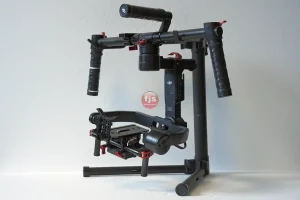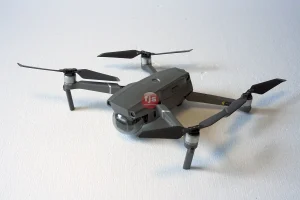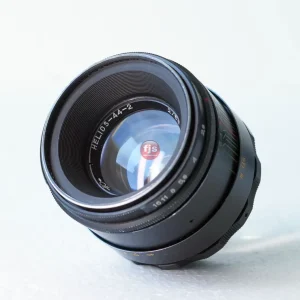The anamorphic look, with its signature widescreen format and unique aesthetic, is a highly sought-after visual style. But what if you don’t have access to expensive anamorphic lenses? Fear not, there are techniques you can employ to achieve a similar effect without dedicated anamorphic glass. This article explores several methods to create the illusion of the anamorphic look.
Creative Techniques for a Faux Anamorphic Look:
- Shoot in Widescreen and Crop: Capture footage in a standard widescreen format (16:9 or 2.35:1) and crop it in post-production to achieve a narrower aspect ratio reminiscent of the anamorphic frame (often 2.40:1). This is a simple approach, but be mindful of potential resolution loss depending on the amount of cropping.
- Use Vintage Lenses with Character: Certain vintage spherical lenses, particularly those with slight imperfections, can introduce a subtle distortion that evokes the anamorphic aesthetic. Experiment with different vintage lenses to find ones that produce a pleasing effect.
- Extend Your Image in Post: Software tools allow you to stretch your footage horizontally in post-production. This can create a wider field of view but may also distort straight lines and require careful adjustments to maintain image quality.
- Anamorphic Projection Add-Ons: Third-party solutions like anamorphic adapters or projection attachments can be mounted in front of your regular lens. These can introduce some degree of the anamorphic squeeze and oval bokeh effect, but the quality can vary depending on the specific adapter.
- Embrace the Cinematic Look: Techniques like shallow depth of field, lens flares, and color grading can contribute to a more cinematic aesthetic that complements the widescreen format, even without achieving the full anamorphic effect.
Benefits and Limitations:
Benefits:
- Affordable methods compared to dedicated anamorphic lenses.
- More creative control over the final look in post-production.
Limitations:
- Techniques may not perfectly replicate the true anamorphic aesthetic, particularly the oval bokeh effect.
- Cropping or stretching footage can introduce resolution loss or image distortion.
- Third-party adapters might have optical compromises.
Conclusion:
While achieving the true anamorphic look with dedicated lenses remains the ideal, these techniques offer resourceful filmmakers a way to create a similar visual style on a budget. Experiment with these methods, embrace creative problem-solving, and discover your unique approach to the coveted anamorphic aesthetic.
Frequently Asked Questions (FAQ)
Q: Is the faux anamorphic look always inferior to using real anamorphic lenses?
A: Not necessarily. The best approach depends on your budget, desired level of authenticity, and creative vision.
Q: Which technique should I use for the faux anamorphic look?
A: There’s no single best method. Experiment with different approaches like cropping, vintage lenses, or software tools to find what works best for your project and equipment.
Q: Are there any limitations to using third-party anamorphic adapters?
A: Yes, some adapters can introduce unwanted optical aberrations or light loss. Research specific adapters before purchasing to ensure they meet your quality standards.








